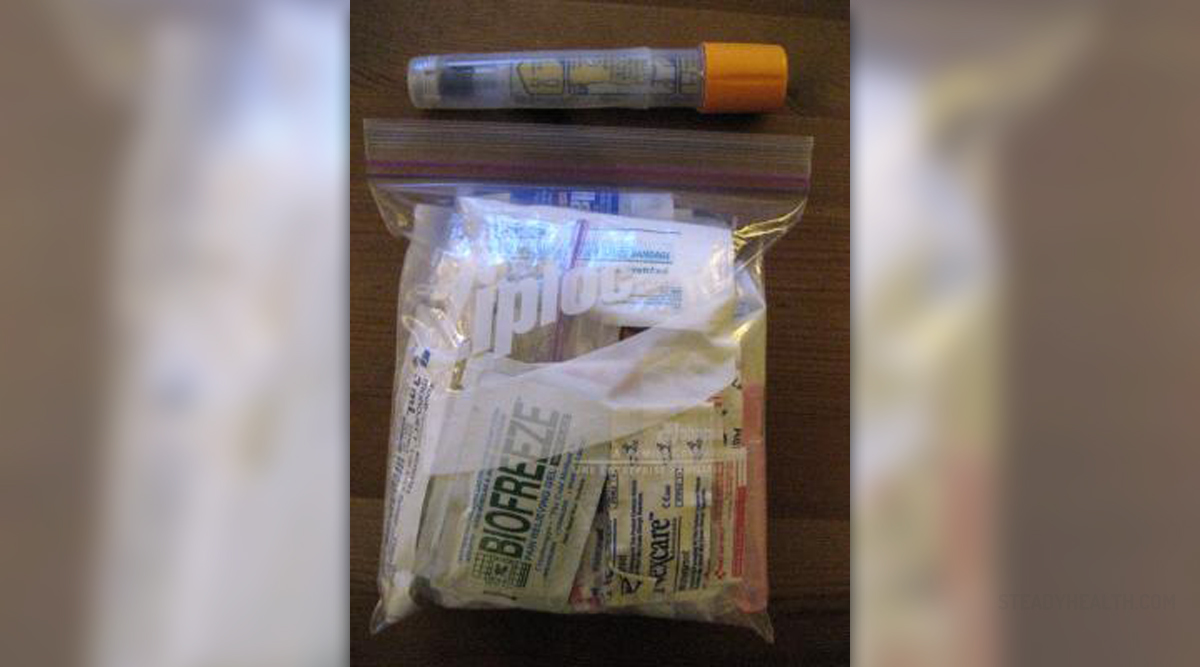
Every office and every home need to have a first-aid kit, but thekit cannot be incomplete and every item must be accounted for. This will becrucial if an emergency arises and an injured person suddenly appears. You will bekissing that kit in such situations because it may even make a differencebetween life and death. These kits are basic but they will prove the best forheat strokes, accidents and burns. In the market, you can get first-aid kits ofvast shapes, sizes, and prices but this is a small thing to pay foryour safety. The bigger the kit the greater the benefits. Kits can be custommade and you can get your own supplies and make your first-aid kit from the suppliesyou think are the most important. In the following text, we will focus on thesekits and the items that should be found in them
Container
When deciding on the container, you will require accessible and light containerthat can hold all the things you need, but it also needs to be good for holdingand carrying. Freezer bags and cookie boxes can be used as a container for the first-aidkit.
Placing the Kit
When emergency arises, you will need to find your kit fast so you have to haveit stored at some easily accessible place. Different kits should be placed in the car,office or at home. Cafeteria, church, classroom, playground, garage, workshop,car's glove compartment and kitchen or bathroom cabinets are some of the bestplaces for keeping the first-aid kits.
Contents of the Kit
An injury will call for certain items in your first-aid kit, so it best to havesuch essentials. It might be best to consult a medical practitioner and seewhich the essential are and what your kit should have. Get the list and buyeverything from that list in proper amounts. Now we will see which essentialitems of the first-aid kit are there. Some of the things you will need emergency phone numbers, firstaid booklet on instructions, antiseptic solution, antibiotic cream, oneblanket, gloves, alcohol wipes, matches, foot powder, paper cups, needles, safety pins, absorbentcotton, small flashlight, poison-ivy lotion, tweezers, scissors, oral thermometer, adhesive strips, assorted gauze pads,triangular bandage, one-inch adhesive, one-inch rollerbandage, and soap.Go through the manual on how to use these basic ingredients and also be careful on theexpiration dates so change those that have expired. Doctor may take a look atyour list and have some corrections or guidelines for you to follow.


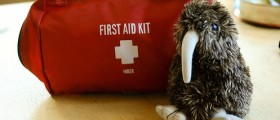




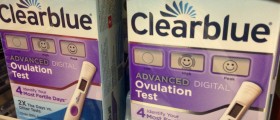

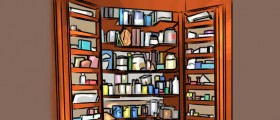

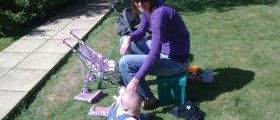
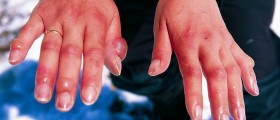
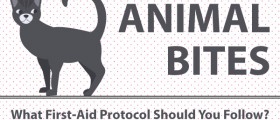


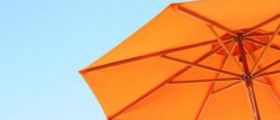
Your thoughts on this
Loading...